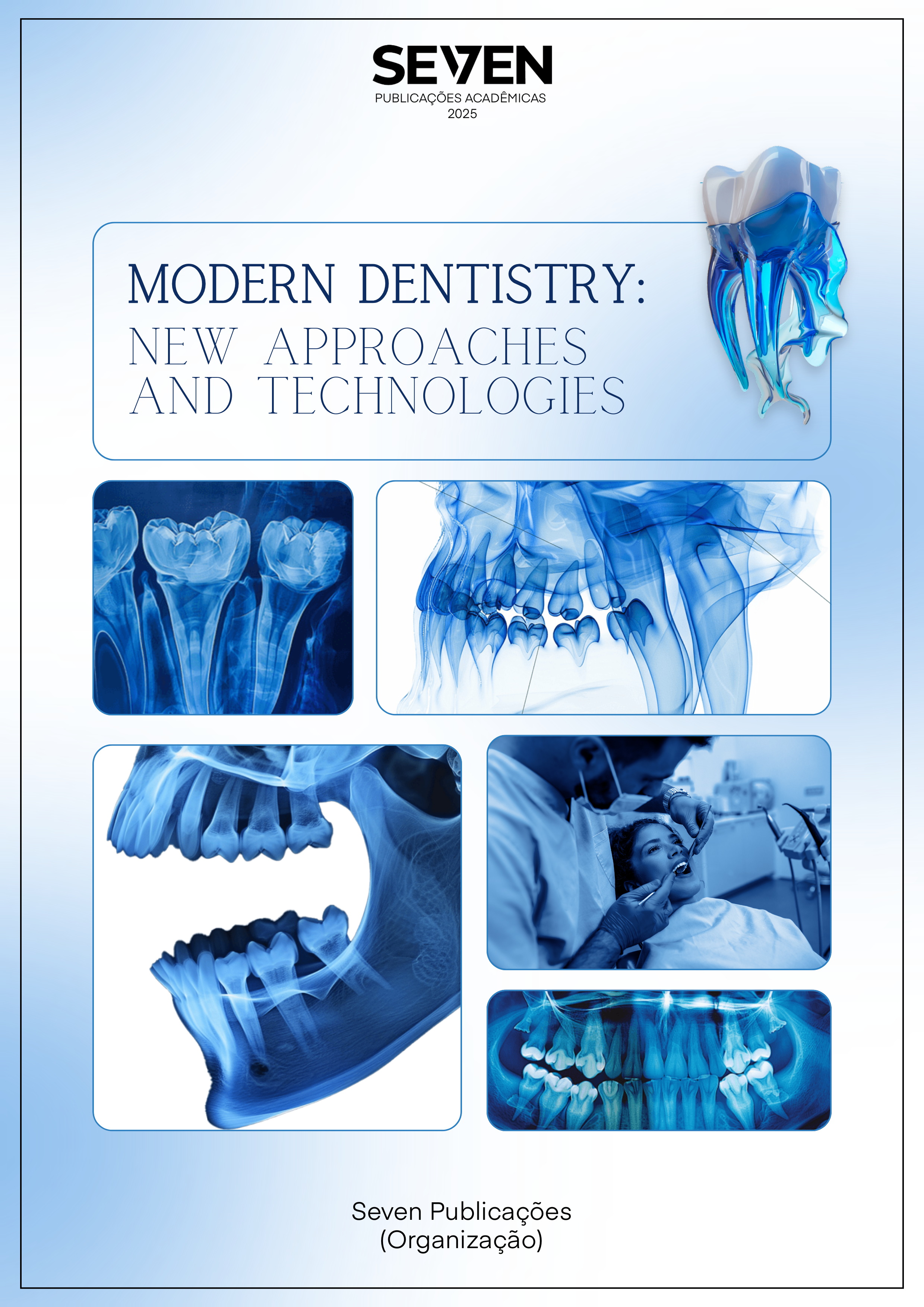RARE OROFACIAL CLEFTS AND DENTAL PHENOTYPES ASSOCIATED: A SYSTEMATIC REVIEW
Palabras clave:
Atypical clefts, Rare clefts, Tessier, Dental anomaliesResumen
Orofacial Cleft (OC) represents one of the most common craniofacial malformations. The rare clefts of the face are malformations that affect other parts of the face and skull other than the most common locations, such as the lip and palate. The rare orofacial clefts may be associated with other deviations, including dental anomalies. Objective: The objective of this paper was to carry out a systematic review of the literature to investigate and describe the dental phenotypes diagnosed in subjects with rare orofacial clefts, determining the most frequent. Method: This systematic review's protocol and guidance checklist followed PRISMA guidelines (Preferred Reporting Items for Systematic Reviews and Meta-Analyses: The PRISMA Statement.) The PICo criterion (“population”, “interest” and “context”) was used for research orientation. A broad literature search strategy was carried out, without date limitation, via four online databases: PUBMED, EMBASE, SCOPUS and WEB OF SCIENCE. Using the research strategies, 153 records were retrieved. Two examiners carried out the systematic selection of studies in two phases. Results: Of the 153 records identified in the databases, 12 studies were selected to compose this systematic review. As for the characterization of the sample, the total number of cases evaluated in these studies was 53 subjects; 27 were male, and 26 were female. The mean age of the evaluated patients ranged from newborns to a patient aged 25 years old. Among the rare cleft types diagnosed in the selected studies, type 7 cleft was the most reported. The type 11 cleft and the transverse/oblique cleft were reported in only one study. Regarding dental phenotypes, one or more dental anomalies were diagnosed in 18 (34%) of the 53 subjects. Of these 18 subjects, 10 had one or more dental agenesis (55.5%), and 6 had only supernumerary teeth (33.3%). The association of two different dental phenotypes, tooth absence and supernumerary teeth, was observed in only one patient (5.6%), and hypomineralized teeth were found in 1 patient (5.6%). Conclusion: Dental agenesis and supernumerary teeth are the most frequent dental phenotypes in cases of rare orofacial clefts.
Descargas
Publicado
Número
Sección
Licencia
Derechos de autor 2025 Pollyana Pereira Teotonio dos Santos, Ana Laura Herrera Farha, Lucimara Teixeira das Neves

Esta obra está bajo una licencia internacional Creative Commons Atribución-NoComercial 4.0.





